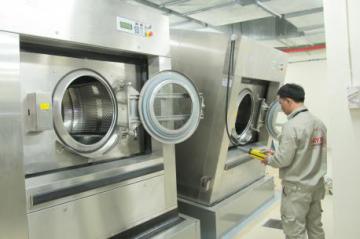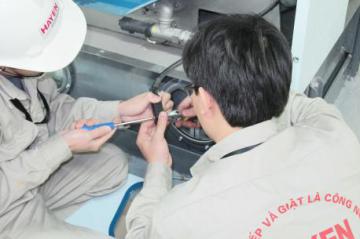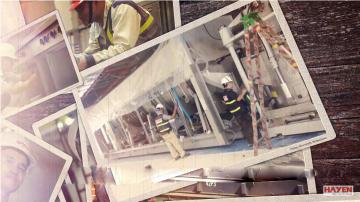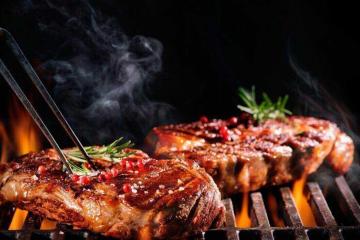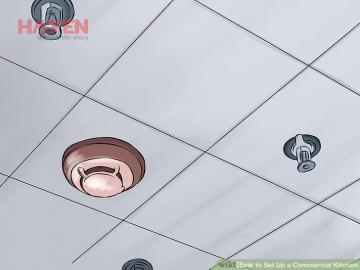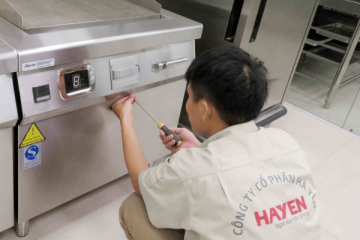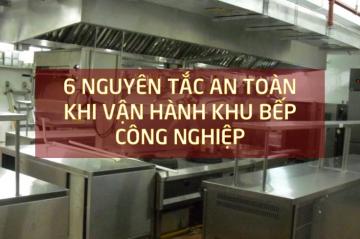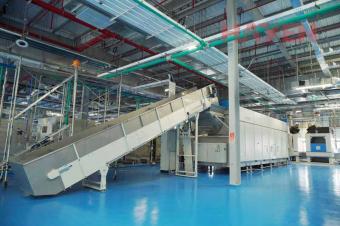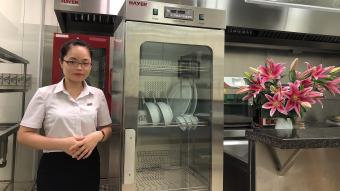Explain the phenomenon of industrial induction cookers squeaking, then turn off and error
Date: 26/01/2021, 10:49:07
After a long time of using industrial kitchen equipment, you may encounter unintended problems if not regularly maintained and maintained. Including the phenomenon of industrial cookers hissing and then off is a very common error when operating the kitchen. This article will list the errors and causes that cause industrial induction cookers to emit strange noises.
The squeaking sound is an error warning signal to the user. If after the squeak of the induction hob loses power, then the stove may have shorted and you must call someone with a technical expertise to inspect and repair. In the case of the induction cooker hissing and then turning off and error reporting, it can come from many reasons. In fact, with each type of induction cooker of different manufacturers, there is a code display (displaying numbers or displaying both letters and numbers), but usually the error codes will be as follows:
1. Error code E0 or "0"
With this error code, the reason is that the industrial induction cooker is in standby mode for too long, if we want to lose this warning, we just need to place the pot in accordance with the specified kitchen surface and can use it as normal.
2. Error code E1 or "1"
When the stove headlines and displays E1 (or number 1), it means that the pot is placed on an inappropriate surface, it may be too large or too small compared to the magnetic plate, or the pot material cannot be magnetized. The way to fix this error is to replace it with a pot suitable for the kitchen with the bottom diameter of the pot is 12cm or 26cm and is made of magnetic material.
3. Error code E2 or “2”
When using the induction hob continuously, the cooker overheat too long on the stove will result in the magnetic plate overheating and the stove will give an E2 (or 2) warning signal. It is also possible that a faulty chute cooling fan also results in overheating of the solenoid coil and the stove will display this error code. To overcome this phenomenon, users should stop the stove to lower the temperature of the tray, then continue using it and check whether the kitchen radiator system is still working or not.
4. Error code E3 or “3”
When the coil temperature probe (of the magnetic plate) is damaged, or the contact surface is dusty for a long time, insect bites, the sensor head is broken due to the high temperature of the stove will report this error code.
5. E4 or “4” error code
If the aluminum heatsink is dusty, the heat transfer grease is dry or the IGBT heatsink is faulty
6. Error code E5 or “5”
The IGBT probe is damaged due to reasons such as E2 error: dust, dirt, mouse break, broken sensor head due to high temperature.
7. Error code E6 or “6”
If the glass is too hot due to use for a long time, the stove will report error E6 or 6.
8. Error code E7 or “7”
Error code E7 will display if the temperature probe is defective, damaged, dust is plugged in, broken wire, the sensor head is broken.
9. Error codes E8, E9 or “8”, “9”
Industrial induction cookers usually use 380v - 50Hz three-phase voltage, when the input voltage is low (below 330V), the stove will error E8. If the input voltage is high (above 460V), the stove will error E9 or 9.
In order to ensure the safety of users, Ha Yen's industrial induction cookers, apart from the above error signals, also contain other error codes such as:
- Error code A: Abnormal input current warning can be caused by the mains from the improper connection, the 3-phase electrical connections for the equipment are not good.
Error code B: The IGBT is faulty or damaged.
Error code C: Load error such as magnetic chute
- Error code D: Due to failure to connect the control switch port or the control switch is damaged.
- Error code E: The ambient temperature warning signal is too hot.
Error code F: The console is damaged.
Above are the common causes when industrial induction cookers squeak and turn off and error. Hope to help you "catch disease" by yourself for industrial kitchen appliances being used in the kitchen. With errors related to counting internal circuits or electronic components, customers should contact a reputable repair center for advice and inspection.



